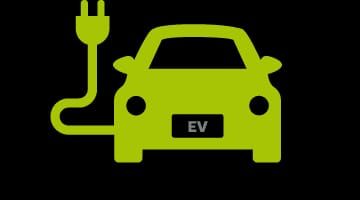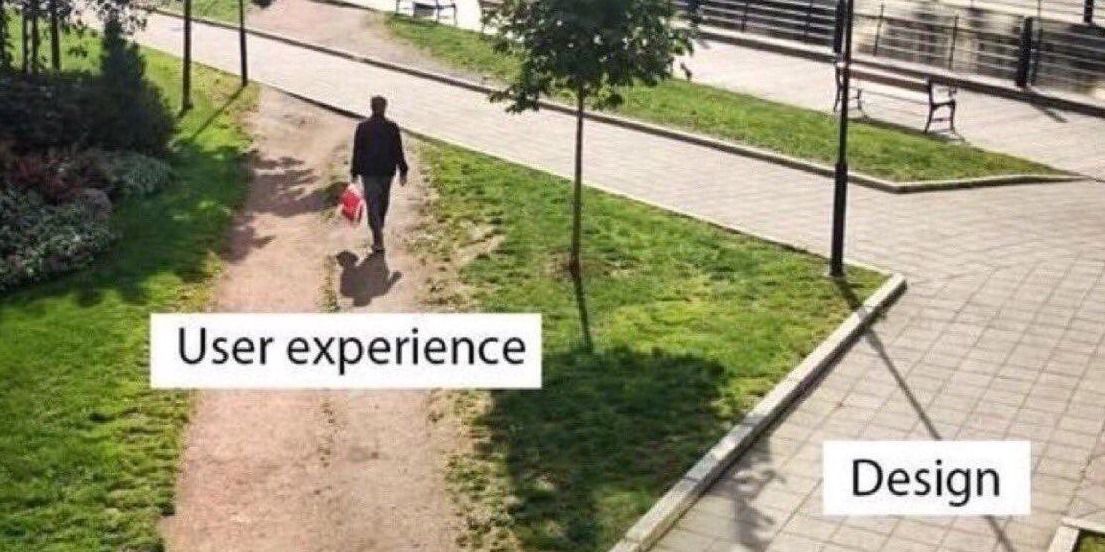

Learn the ways of design thinking!
The difference between average work and great work is the design that powers it. The more efficient the design, the better the work output.
The difference between average work and great work is the design that powers it. The more efficient the design, the better the work output. Design thinking essentially helps in the solving of complex problems by providing the necessary solutions to clients. Here are the five most important phases of design thinking that are taught at some of the most renowned M. Des colleges in India.
Recognizing client needs:
The initial step involved in design thinking involves the gathering of ample data in order to truly understand the client’s requirements. This refers to engaging in constant discussion with one’s clients in order to translate their deepest needs into a tangible product or service. At this stage, it is of critical importance to research the client, their work culture, their choices and habits as well as their ways of approaching any given task or problem. This is the most critical step in the development process as it is important to frame the right questions before one goes about looking for the right answers.
Brainstorming sessions:
The next step involves sitting down with one’s work colleagues, experts and advisors to come up with multiple approaches to resolve the given set of problems or challenges. This involves coming up with imaginative and out-of-the-box solutions to address the issues under discussion and ensuring that everyone has a common understanding of the subject matter under question. This step is the foundation for the next stage of work, which is, the idea conception stage.
Creating the idea:
Upon completion of the brainstorming session, one must then engage upon a journey to conceptualize and develop a strong idea that would then act as a powerful solution to the problem. This idea would be one that ensures that the client’s concerns are met in the most simple, resourceful and economical way. This would have to be achieved while minimizing wastage of resources and increasing effectiveness of the processes involved.
Developing a prototype:
Once the idea is developed and agreed upon by all stakeholders, it follows that a working prototype be developed that puts into action the selected idea. This involves creating an acceptable working model of the solution being offered and making sure that it qualifies as a valid solution to the problem. This model may or may not be the perfect solution to the client’s problems at this time, and may have to be tweaked post the testing stage in order for it to graduate beyond the beta version.
Testing the solution
This is a final and critical stage in design thinking. The testing phase not only involves ensuring that one’s solution works well; it also takes into account all possible points at which the solution might fail or be inefficient, and seeks to resolve these problems as rapidly as possible with a bid to smoothen the process. Once the working of this product or service is deemed to be successful, it is then made ready for implementation as the optimum solution that has been perfectly generated following design thinking principles.




